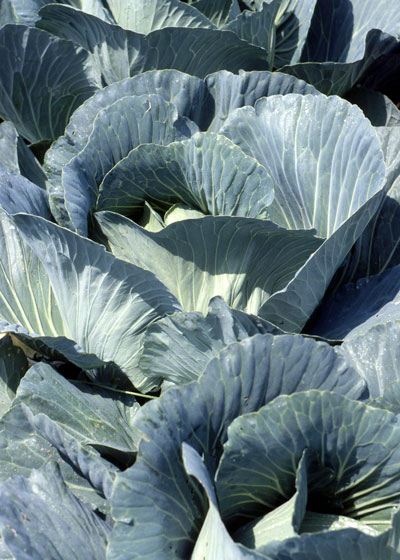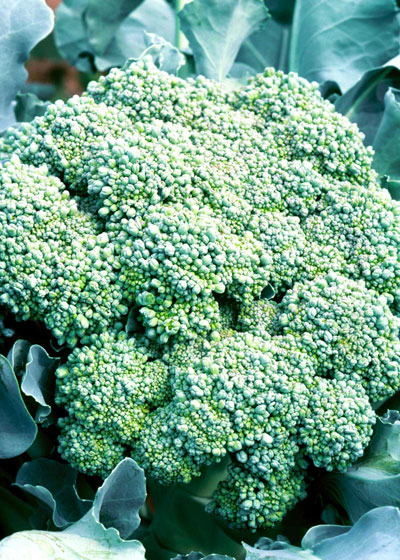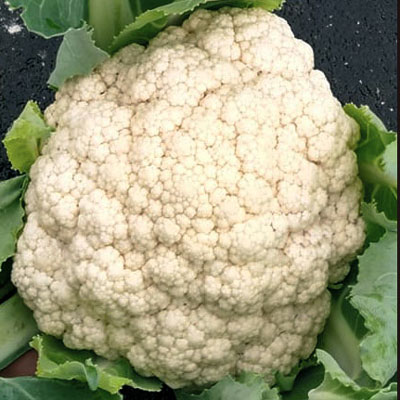Call out the cabbage
Mid-August is the best time of the entire gardening year to be planting Cole crops in your garden. It’s a long list of vegetables you hated as a kid and love as an adult: cabbage, broccoli, cauliflower, Brussels sprouts, kale, kohlrabi and others.
All of these thrive in fall’s cooler weather. In fact, all are capable of withstanding light freezes prior to harvest. But they need to be planted now. I’ll put cabbage in the spotlight, but the instructions pretty well fit across the board.

The biggest challenge in growing these plants in the fall may actually be in finding the transplants. You’ll want fresh and vigorous plants of well-suited varieties, and your best chance of finding them now will probably be through local independent retail garden centers and feed stores.
Set the transplants into well-prepared garden soil. All of them will need 18 to 24 inches of space between plants within their rows, and the rows should be 36 to 42 inches apart to give you ample room to work around the plants.

If you’re careful to select transplants that have been in full sun in the nursery, setting them into the garden now should present no problems. Plant them into small “wells” 1-2 in. deep to facilitate watering. Soak them every day for the first week or two to allow them time to develop good roots into the garden soil.
Fertilize all with a high-nitrogen food similar to one you might use on your lawngrass. Most Texas soils test too high in phosphorus (middle number of the analysis) anyway, so nitrogen will be the prime need.

Cabbage loopers are the bane of our spring Cole crops. The larvae chew multitudes of holes in the leaves. They render cabbage useless as a leafy vegetable, and they weaken the growth and productivity of the other types. They’ll probably also find your fall plantings, so be on the lookout for the white butterflies that serve as your early warning signal. They seek the Cole crops and lay their eggs on the leaves. As soon as you see the horseshoe-shaped (“looping”) caterpillars starting to feed, apply the biological worm control Bacillus thuringiensis, known more commonly simply by its initials, “B.t.” It’s available as a dust or a spray, and it’s the only control, organic or inorganic, that works on these pests. It stops their feeding immediately, and they will die within 24 hours. It can be applied within one day of harvest.
Looking ahead just a little…
As for other vegetables that remain to be planted, that list would include leafy and root vegetables such as lettuce, spinach, chard, beets, turnips, collards, carrots and radishes. All of those are planted closer to the end of August in most of the state. And just to have stated it, unless you’re in Deep South Texas you’re too late to plant tomatoes, peppers and pumpkins. That depends, of course, on where you live and on the date of the average first freeze of the fall.
